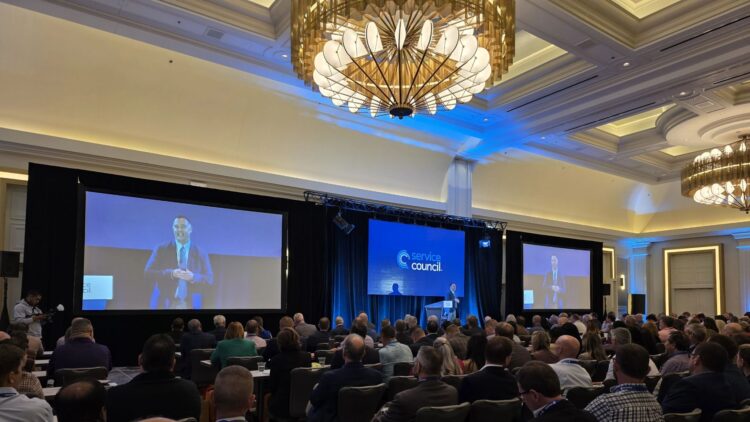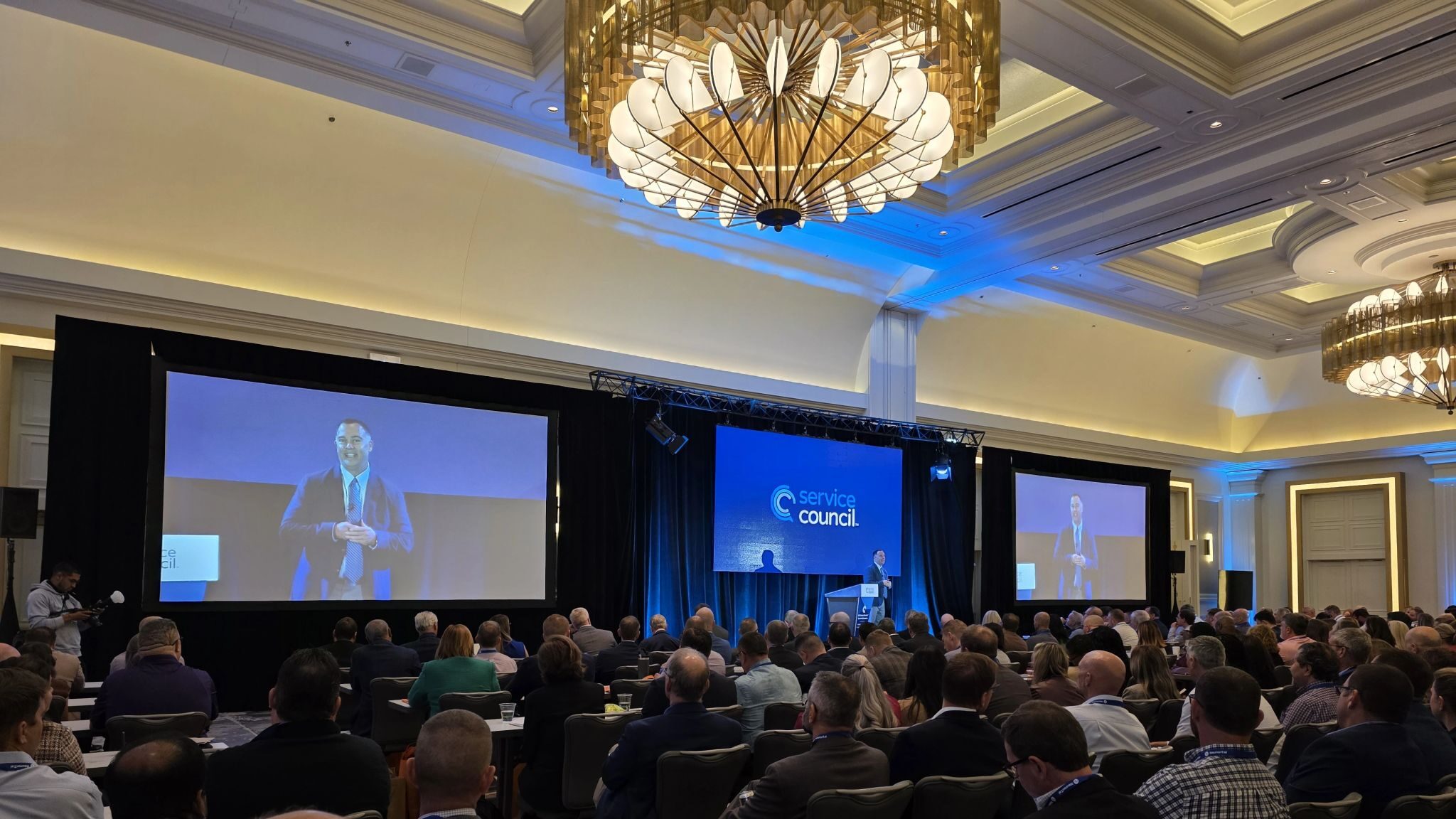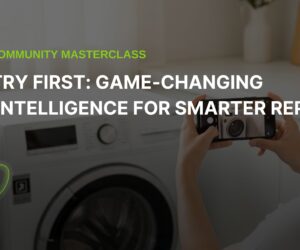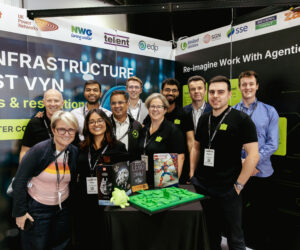

This month we were in Chicago for the Smarter Services™ Executive Symposium, and it was anything but ordinary. Nearly 500 leaders, game-changers and innovators gathered, and our Vynners felt right at home. As a market leading platform for the field and customer service, we were curious to see how the industry actually thinks about technology versus the hype we often hear.
The conversations were more nuanced than we expected.
People still matter most

The theme of the symposium, ‘Harnessing Humanity & Technology For Next-Level Service’ set the foundations on how service can become a force for elevating human experience with the right mix of technology.
From the very first session, one thing stood out: as much as the industry is leaning into AI and automation, humanity has to stay at the core.
Elizabeth Dixon from ServiceNow shared something that stuck with us:
“Automate the transactional to elevate the relational.”
Across industries, leaders agreed: AI can only be a tool to empower, not replace the compassion, nuance, and judgment only humans can bring. This was echoed again and again in conversations about field service, customer support, and digital transformation.
The new standard

To empower people with the right tools, 68% of Service Council™ execs voted for “providing frontline employees with guided workflows“, as important, with 41% voting for “scaling up customer self-resolution events“.
Remote support and video intelligence are now recognised as sitting right at the intersection of cost-efficiency and proactive service. Field videos and remote diagnostics reduce truck rolls, save money, and get customers the resolution they need faster. And when those capabilities are paired with intelligent dashboards, knowledge availability, and self-service options, the benefits multiply:
- Lower costs to serve,
- Better compliance,
- Faster fixes, and
- Higher customer satisfaction.
Cross industry collaboration

This was probably the most interesting part of the conference. Service challenges look different on the surface – fixing internet versus repairing washing machines versus roadside assistance – but the underlying problems are remarkably similar.
Everyone needs better information before sending technicians to sites. Everyone wants their field teams to have the right knowledge when they need it. Everyone is trying to balance self-service options without frustrating customers who want their problem fixed.
We spoke with leaders from Optimum, Whirlpool, Home Depot, AAA and others, all wrestling with the need for better field data, faster diagnosis, and more accurate triage. In fact, one of the most exciting opportunities that surfaced was in roadside assistance: customers sending a simple video of a flat tire or broken wiper, helping companies dispatch the right resources (or sometimes avoid dispatch altogether). It’s a small example of how the service experience can be transformed when data, process, and human insight come together.
What’s actually changing in 2025
Based on the sessions and conversations, here’s what service organisations are prioritising:
Companies are building remote support into their standard process, not treating it as a special case. They’re investing more in tools that actually work well for technicians in the field. There’s renewed focus on predictive maintenance – using data to prevent problems instead of just responding to them.
Most importantly, they’re recognising that technician enablement isn’t just about training. It’s about giving field teams the right information and tools they need to solve problems efficiently.
Our takeaway

The conference reinforced something we’ve been thinking about: that good service technology should make human expertise more effective, not replace it.
Service is fundamentally about helping people when things aren’t working the way they should. Technology can make that process more efficient and effective, but it can’t replace the human judgment and care that good service requires.
The leaders we met in Chicago understand this balance, and they’re building their service strategies accordingly. That gives us confidence we’re working on solving the right problems.
Still sending technicians to fix problems that could be solved with simple video workflows?
See what your first-time fix rate could look like with the right intelligence. Book a call with us and we’ll show you exactly how great companies like yours are turning truck rolls into SmartVideoNotes®.



